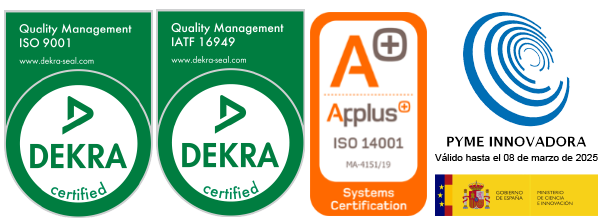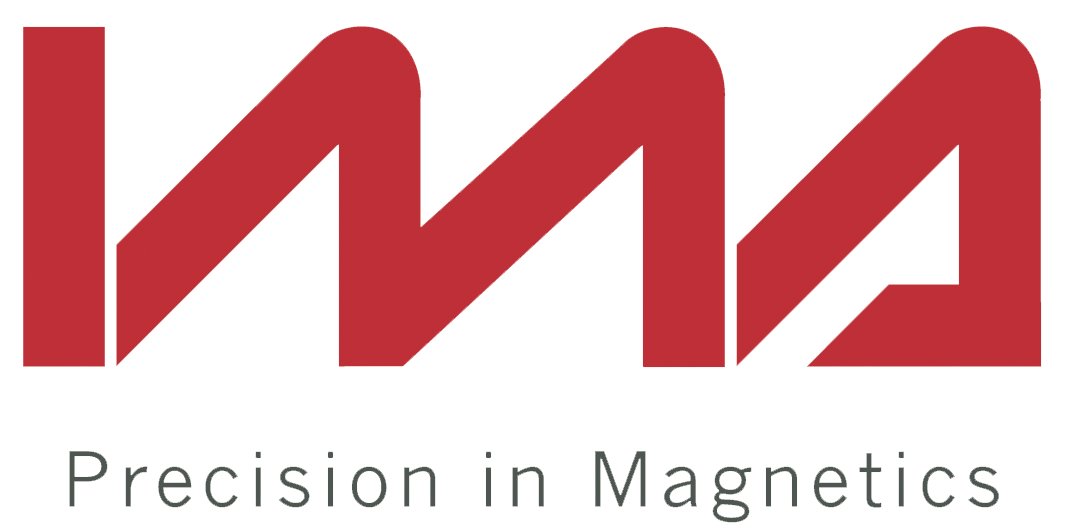What does biomagnetism mean?
Biomagnetism is a revolutionary, scientific and therapeutic approach to wellness that differs from traditional medicine, homeopathy, herbs and natural therapies, but is perfectly compatible with any other traditional or alternative modality.
It is one of the alternative uses of magnets, representing an
internationally practiced health approach that strives to achieve a
bioenergetic balance in the human body, i.e., the natural state of health known
as "homeostasis".
Biomagnetism first appeared in Mexico City in 1988 and was discovered by
physician Isaac Goiz. In this sense, biomagnetism studies, detects, classifies,
measures and allows the correction of pH imbalances in living organisms.
It is considered that pH imbalances can accumulate and combine to allow
the development of symptoms, syndromes and other health conditions in our
bodies. By restoring the body's natural pH balance, different renewed natural
defenses can keep different microorganisms, such as viruses, fungi, bacteria
and parasites, under control.
For example, when you take a fish out of the water, it can no longer
survive in that new environment, no matter how much oxygen or light is
available. All fish need water to survive, but some need salt water, while
others need fresh water. In addition, everyone who has had an aquarium or
pool knows the importance of pH balance in the water.
If we restore the natural pH balance of our body in our liver, lungs,
pancreas, kidneys, muscles, joints, stomach, small intestine, large intestine,
etc., these organs can begin to function properly again.
But how does biomagnetism work?
Biomagnetism involves the precise and correct placement (north/south
polarity) of special high-intensity field magnets over very specific areas of
the body, to support pH regulation in these areas. By maintaining an
adequate pH, homeostasis can be re-established so that the body can heal
itself.
With this type of therapy, it is achieved, among other results:
According to Dr. Goiz, it is possible to recover healthy metabolic states through the use of biomagnetic fields of medium intensity, produced by 1,000 to 4,000 Gauss magnets, which is no more than the unit used to measure the strength of a magnetic field, applied in pairs in specific parts of the body called Biomagnetic Pairs. This approach is a type of biofeedback, in which the biomagnetic pairs complement each other, leading to homeostasis.
By applying biomagnetism to specific locations in the body, the
restoration of adequate pH in that area is allowed and, when present, pathogens
cannot survive in this pH environment. The cells become healthy and the
body begins to heal.
Finally, the healing process occurs when the pH is balanced and reaches
its optimal level that determines the well-being of the person, which before
therapy was altered by the presence of pathogenic microorganisms that distorted
the levels of acidity and alkalinity (pH) of the organs. This is what sustains
the bioenergetic phenomenon.
Is biomagnetism similar to magnetic therapy?
It is not similar to magnetic therapy. Magnetic therapy has been
applied with a polar principle only for dysfunction or lesions according to two
concepts:
The magnetic fields used for this purpose are low intensity (between 100
and 500 gauss) and are applied for long periods of time, hours or days, and in
areas that show specific symptoms. The purpose of this explanation is to
establish the difference between magnetotherapy and biomagnetism.
Biomagnetism and bioenergetic pairs are vibrational phenomena, unrelated
to standard medicine, as they do not suppress symptoms or claim to
"cure" diseases as authorized medications claim. The time it
takes to apply therapy varies from 20 to 90 minutes, depending on the person's
location in relation to the equator.










